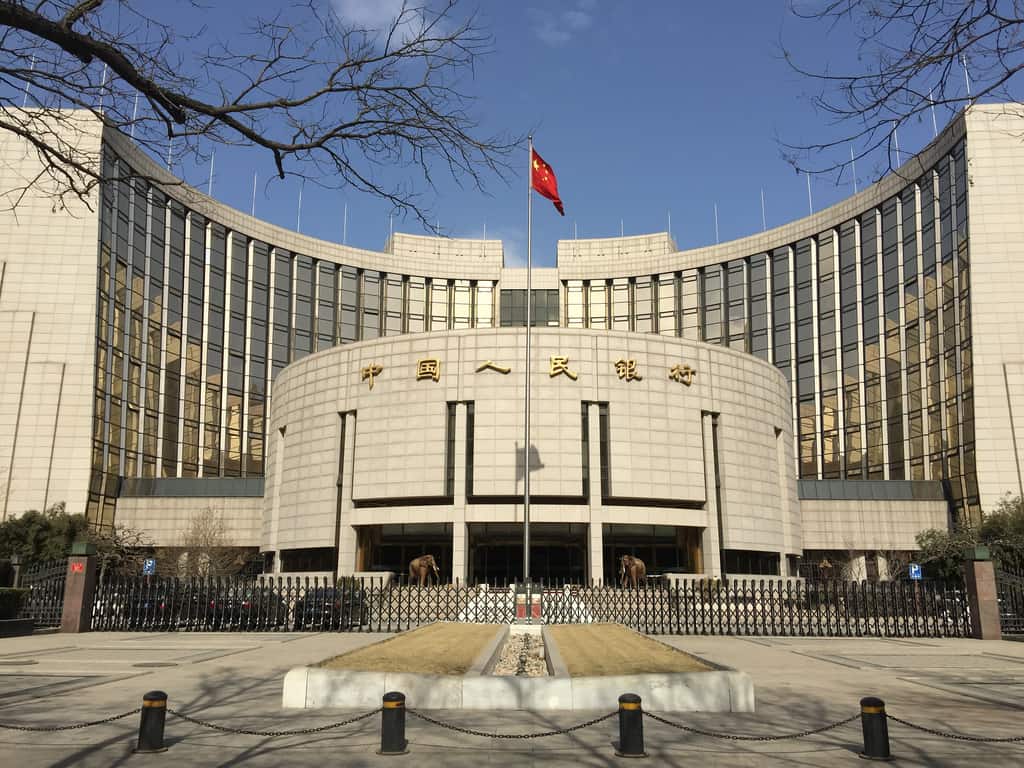A leading official from the Chinese central bank has extolled the benefits and advantages brought by its creation of the world’s largest credit information system.
People’s Bank of China (PBOC) vice-governor Zhu Hexin (朱鹤新) said at a state press conference held on 18 June that the PBOC Credit Reference Center (人民银行征信中心) had become the world’s largest credit system in terms of population and data coverage, providing standardised credit files for every single person or company in China that engages in credit-related activities.
At present PBOC’s credit system has collected information on 990 million natural persons and 25.91 million enterprises and other institutions, while each day the system is used to make approximately 5.5 million inquiries on the credit standing of individuals and 300,000 inquiries on enterprises.
“The credit system has already been in operation for over 10 years, and the data types and structures it gathers are already quite stable, with any updates or upgrades primarily in the area of efficiency,” said Wang Xiaolei (王晓蕾), vice-chair of the PBOC Credit Reference Center.
Official data indicates that in 2018 alone 21 nationwide Chinese banking institutions made use of the credit system to refuse 911.7 billion yuan in loan applications from high-risk customers, as well as issue advance warnings on 1.3028 trillion yuan in outstanding high-risk loans, and clear up 159.4 billion yuan in non-performing loans.
Zhu said that the credit system played a vital and “irreplaceable” role with regard to the prevention of financial risk, the preservation of financial stability and expediting the growth of the financial sector, while improvements to China’s commercial environment permitted by the system had “won widespread domestic and foreign approval.”
According to Zhu the PBOC Credit Reference Center had helped drive a significant rise in China’s credit information index in the World Bank’s annual “Doing Business” report.
While in 2007 China’s credit information index was just three, it has since enjoyed a score of eight for three successive years, putting it on par with or even ahead of many developed economies.
Zhu also highlighted the ability of the credit system to help alleviate the problem of information asymmetries on financial markets and improve financial inclusion.
“The credit system is playing a vanguard role when it comes to resolving the financing difficulties of micro and small enterprises,” said Zhu. “The PBOC Credit Reference Center’s enterprise credit system includes 13.7 million micro and small enterprises, accounting for 53% of all enterprises on file.
“Of these micro and small enterprises 3.71 million have obtained lending support with a loan balance of 33 trillion yuan.”
Wan Cunzhi (万存知),chead of PBOC’s Credit Regulation Department, said that while the Chinese central bank’s credit system was a key reference factor in the lending decisions of financial institutions, it was not the sole basis.
“In policy terms, it isn’t the case at all that if you have a record of failure to repay loans, lending institutions and banks are required to no longer lend to you,” Wan said.
“Banks and lending institutions also have other channels for understanding borrowers, and the risk preferences of different banks vary.
“For this reason, if new development opportunities are needed while possessing a bad credit record, loan applicants must maintain excellent communications with banks.”




